Motherboard repair is a very common phone issue, alongside other popular repairs, such as charging port repair, battery replacement, and iPhone LCD Replacement. You can find our iPhone repair prices here.
This article will help you in understanding why and when you need to repair your iPhone and other device motherboard.

Your mobile phone’s circuit board, or commonly known as motherboard is a very complex component. Without it, your phone wouldn’t be able to function. It is, in fact, the heart of your entire device like a CPU is of a computer.
The circuit board holds together multiple crucial parts of your mobile. Let’s say your heart fails. What happens then? Your body stops moving and you are considered as dead. Similarly, if your motherboard gets damaged somehow, your device will stop working. Thus it’s important to identify whether your phone is malfunctioning due to a defective motherboard.
However, it’s not an easy job to repair your phone’s circuit board. Luckily, our experts at Hitec Mobile can easily figure out what’s causing your phone to malfunction and repair it accordingly in no time.
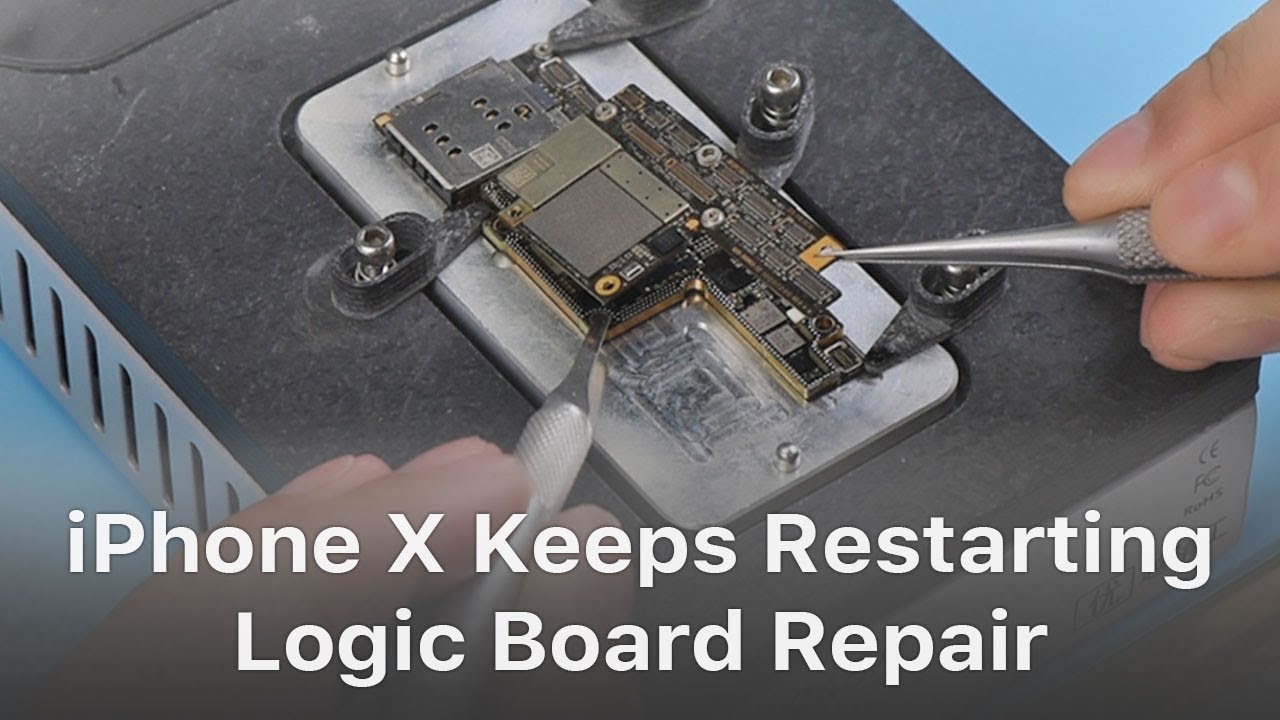
If your tablet or smartphone is malfunctioning, it may require a range of repairs from replacing its screen to a full-fledged repair of its motherboard. If you’re not a technician, then it will be difficult for you to define what’s going on with your phone. You need a lot of experience and some special skills to be able to repair a motherboard.
Keep in mind that repairing your mobile from an inexperienced or unqualified technician can cause further damage to your device.
However, as long as we’re here, you have nothing to worry about. The HiTec mobile technicians are experts in all the above-mentioned fields. They can ace mobile repairs ranging from simple to the most complex. Repairing an IC on a motherboard is an example of one such daunting tasks. Furthermore, a motherboard’s fuses and ICs can malfunction due to flaws in design or total component failure. With years of expertise, it’s no longer difficult to detect and fix such issues.
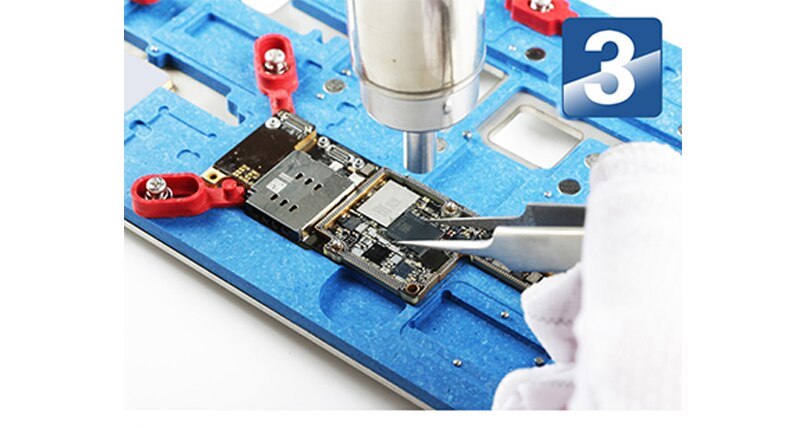
Repairing a motherboard includes applying blower techniques, soldering, and skill-set to be able to tackle complicated capacitors and diodes on a circuit board because circuit board is as complex as it can get; therefore, only a well-trained technician can and should handle them.
Soldering is by no means an easy job as it makes use of high heat. If one doesn’t know how to do it properly, odds are the heat could melt down and cause severe damages in other working components.
As you know, it is too difficult to repair a motherboard if not trained properly. That’s why even watching YouTube on repair DIY for the whole month would not be enough to repair faulty motherboard on your own theoretically speaking.
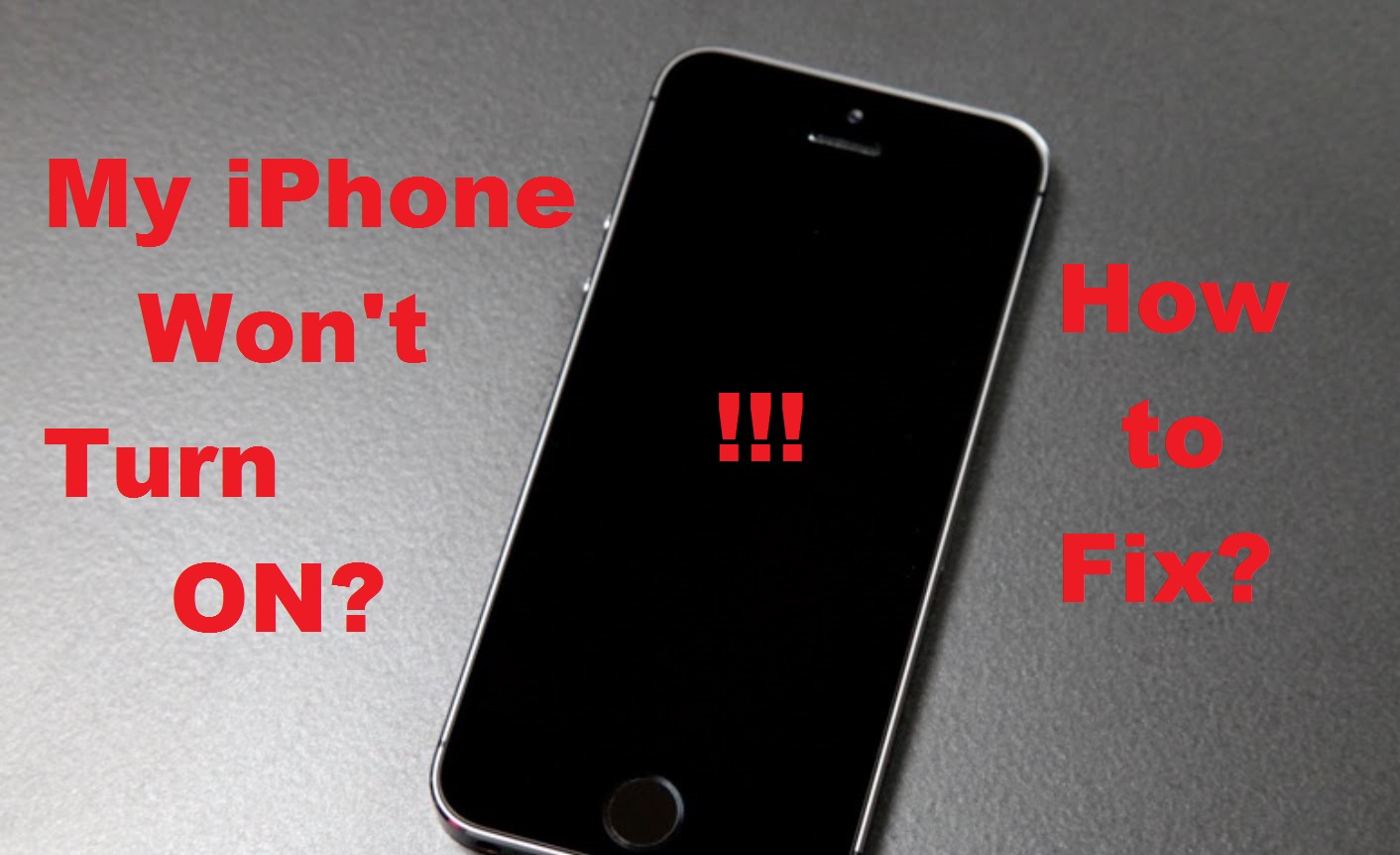
Similar to how a disease can cause various symptoms to arise in a human body, the indications are endless for different types of motherboard issues. It is mostly seen that replacing one of the parts, such as the charging port, Wi-Fi antenna, or the camera is sufficient. Let’s take a quick look at the possible symptoms of a faulty circuit board.
Below are the five principal causes of phone breakdown:
Motherboards don’t act friendly against heat. Your phone usually heats up when you use it for a long time. This heat tends to wear away the copper and aluminum materials that hold the parts together, and once they lose contact with the motherboard, problems start to show up.
Smartphones these days can protect themselves from getting overcharged using a safety protocol, meaning your battery will stop charging automatically once it’s full. However, you may still experience overheating if the battery is defective.
Furthermore, if you’re a hardcore gamer or use your phone a lot even when it’s charging, you may start noticing the overheating issue gradually. This happens because while the battery is charging and allowing you to use it at the same time, the process of discharging and recharging becomes stressful for your motherboard.
If your phone heats up even on idle mode, it’s time you checked whether or not your device is due for motherboard repair.
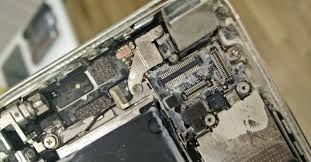
A minor water spill or splash is unlikely to damage any phone. However, the majority of smartphones will not survive a 1-meter dive down the water or even 10-15 minutes in the rain.
Even though most flagship smartphones today are waterproof (or so they claim), if you look closely to the details, you’ll notice that they’re actually “water-resistant.” In fact, many manufacturers don’t even include water corrosion as part of the company’s warranty policy.
Newer phones like iPhone XS and XS Max are known to be IP68 water-resistant. You can click here to learn more about their disclaimer warranty policy.
It’s known to us that water will damage all sorts of electronic devices—no questions asked. When the motherboard comes into contact with water, a spike in the current causes short-circuit. This causes your device to shut down. Contact to water can also cause a chemical reaction that forms into fungus and algae on your motherboard. The longer your phone is running with water damage, the more short-circuited its parts and chemical produce will be, making it very difficult to save your phone on the long run.
Therefore, if your device comes into contact with water, make sure to power off immediately and look for the quickest way to dry up your phone. After that, you can go to a repairer to perform a chemical wash on the motherboard to hopefully revive affected parts to avoid serious damage on the board IC chip.
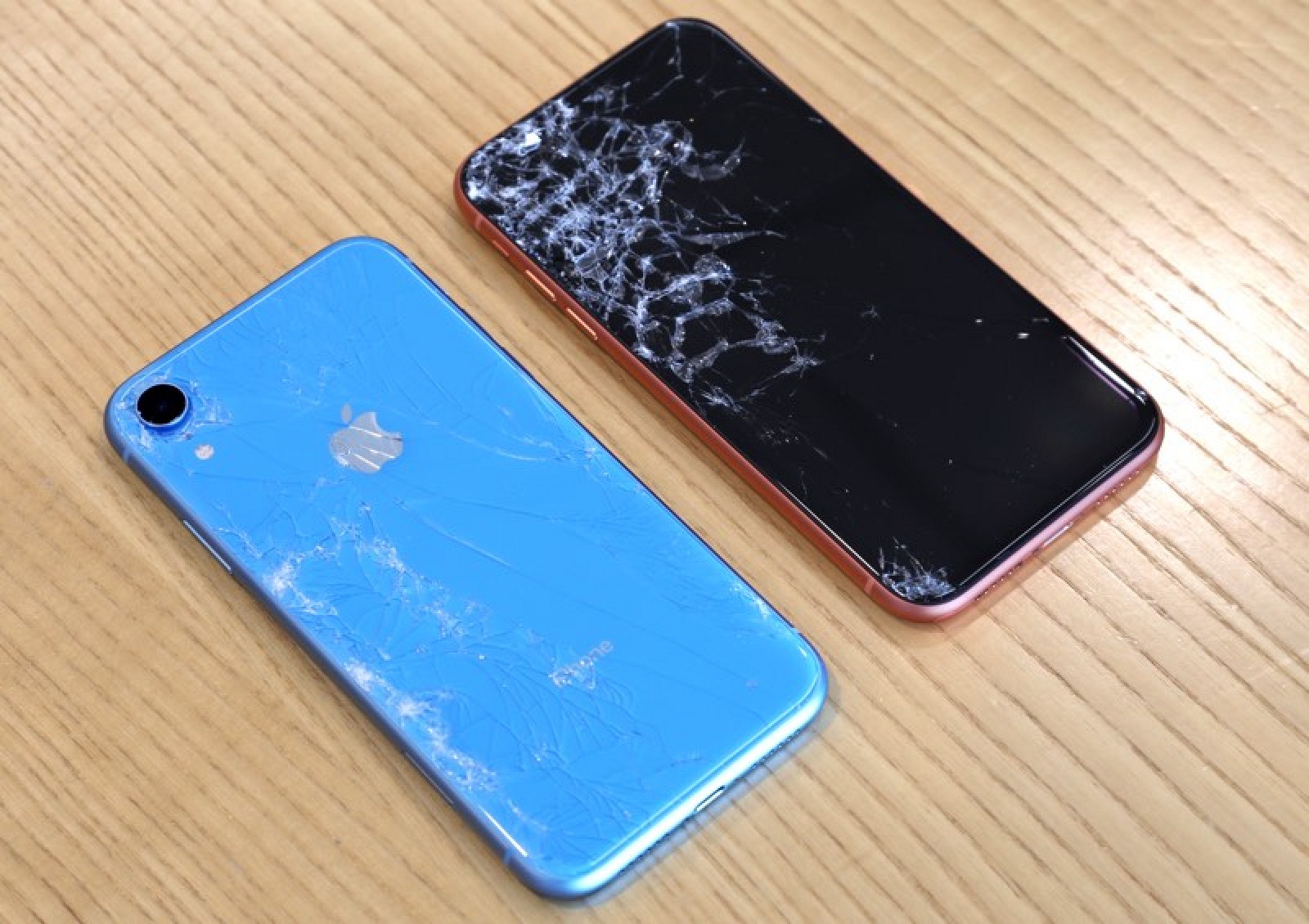
Have you ever dropped a phone? If so, what was the first thing that came to your mind? Yes! A cracked screen. Most consumers ignore the fact that any type of serious impact can cause possible internal damage to their phone.
Here’s a more obvious example, imagine your phone was run over by your neighbor’s car. Apart from the broken back glass and cracked screen, you might notice your device to be even flatter than it was before the accident, or be gravely bent out of shape. And we can guess that a deformed smartphone means a deformed motherboard—and this will require repairing.
With that being said, modern flagship smartphones come with bezels that are surprisingly durable and can endure these impacts, and it’s rare to see such instances these days.
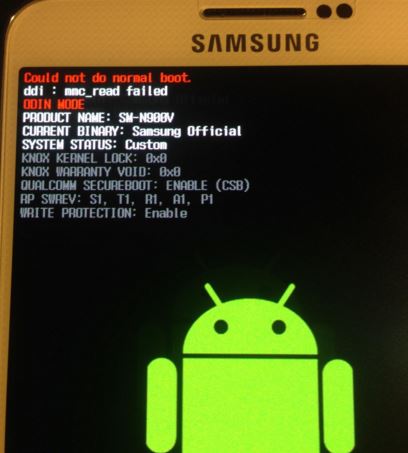
Yes. You heard it here first. Unfortunately, this is a very common issue. Sometimes, there’s a defect with the motherboard’s engineering design which causes some parts to break down quicker than the rest—and this is where we come to your rescue.
These manufacturing defects are the reasons why mobile repairers like us can earn a living. And, we do so by fixing their mistakes, so it’s a win-win; you get your device fixed, and we gain a loyal customer. Remember, if you service your phone with a qualified technician, you reduce the chances of damaging the device entirely.
Below are some commonly known manufacturing defects that occurs to Samsung and iPhone devices:

The term “rooting” is vastly popular in the world of Android. Like any phones, Android also runs on an operating system (OS) designed specifically for casual day-to-day use. Usually, the OS comes with a few restrictions and limitations in place in order to protect the stability of the phone, as well as its components.
Rooting is a practice of removing such limitations and restrictions. This process lets pro users actually to modify the OS itself.
Rooting feels great when everything is working fine. When things get a bit rough, however, it’s bad news for the device and its user. A rooted device basically allows you to overclock the processor. While “technically” it does make the phone run faster than it has any right to, it’s still not recommended.
You simply cannot buy a CPU cooler for your smartphone like you would for your computer processor. Hence overclocking is not even an option here. Making your device run faster than it was originally designed to will generate additional heat, which will damage the parts on the motherboard eventually.
When your smartphone breaks down, it’s crucial to repair your motherboard as soon as possible if you want to save your device.
The failure of a device may have various causes. An average technician wouldn't be the perfect candidate to trust your phone's motherboard with. And, we have the best solution for you. Hitec Mobile specializes in tackling issues that others try to avoid. But how do you know if it's a component on the circuit board that's faulty? It's easy. Just visit our iPhone Repair Shop in Bugis Junction #03-24 and we will identify the issue and fix it in no time.
Motherboard repair is a very common phone issue, alongside other popular repairs, such as charging port repair, battery replacement, and iPhone LCD Replacement. You can find our iPhone repair prices here.
This article will help you in understanding why and when you need to repair your iPhone and other device motherboard.

Your mobile phone’s circuit board, or commonly known as motherboard is a very complex component. Without it, your phone wouldn’t be able to function. It is, in fact, the heart of your entire device like a CPU is of a computer.
The circuit board holds together multiple crucial parts of your mobile. Let’s say your heart fails. What happens then? Your body stops moving and you are considered as dead. Similarly, if your motherboard gets damaged somehow, your device will stop working. Thus it’s important to identify whether your phone is malfunctioning due to a defective motherboard.
However, it’s not an easy job to repair your phone’s circuit board. Luckily, our experts at Hitec Mobile can easily figure out what’s causing your phone to malfunction and repair it accordingly in no time.

If your tablet or smartphone is malfunctioning, it may require a range of repairs from replacing its screen to a full-fledged repair of its motherboard. If you’re not a technician, then it will be difficult for you to define what’s going on with your phone. You need a lot of experience and some special skills to be able to repair a motherboard.
Keep in mind that repairing your mobile from an inexperienced or unqualified technician can cause further damage to your device.
However, as long as we’re here, you have nothing to worry about. The HiTec mobile technicians are experts in all the above-mentioned fields. They can ace mobile repairs ranging from simple to the most complex. Repairing an IC on a motherboard is an example of one such daunting tasks. Furthermore, a motherboard’s fuses and ICs can malfunction due to flaws in design or total component failure. With years of expertise, it’s no longer difficult to detect and fix such issues.

Repairing a motherboard includes applying blower techniques, soldering, and skill-set to be able to tackle complicated capacitors and diodes on a circuit board because circuit board is as complex as it can get; therefore, only a well-trained technician can and should handle them.
Soldering is by no means an easy job as it makes use of high heat. If one doesn’t know how to do it properly, odds are the heat could melt down and cause severe damages in other working components.
As you know, it is too difficult to repair a motherboard if not trained properly. That’s why even watching YouTube on repair DIY for the whole month would not be enough to repair faulty motherboard on your own theoretically speaking.

Similar to how a disease can cause various symptoms to arise in a human body, the indications are endless for different types of motherboard issues. It is mostly seen that replacing one of the parts, such as the charging port, Wi-Fi antenna, or the camera is sufficient. Let’s take a quick look at the possible symptoms of a faulty circuit board.
Below are the five principal causes of phone breakdown:
Motherboards don’t act friendly against heat. Your phone usually heats up when you use it for a long time. This heat tends to wear away the copper and aluminum materials that hold the parts together, and once they lose contact with the motherboard, problems start to show up.
Smartphones these days can protect themselves from getting overcharged using a safety protocol, meaning your battery will stop charging automatically once it’s full. However, you may still experience overheating if the battery is defective.
Furthermore, if you’re a hardcore gamer or use your phone a lot even when it’s charging, you may start noticing the overheating issue gradually. This happens because while the battery is charging and allowing you to use it at the same time, the process of discharging and recharging becomes stressful for your motherboard.
If your phone heats up even on idle mode, it’s time you checked whether or not your device is due for motherboard repair.

A minor water spill or splash is unlikely to damage any phone. However, the majority of smartphones will not survive a 1-meter dive down the water or even 10-15 minutes in the rain.
Even though most flagship smartphones today are waterproof (or so they claim), if you look closely to the details, you’ll notice that they’re actually “water-resistant.” In fact, many manufacturers don’t even include water corrosion as part of the company’s warranty policy.
Newer phones like iPhone XS and XS Max are known to be IP68 water-resistant. You can click here to learn more about their disclaimer warranty policy.
It’s known to us that water will damage all sorts of electronic devices—no questions asked. When the motherboard comes into contact with water, a spike in the current causes short-circuit. This causes your device to shut down. Contact to water can also cause a chemical reaction that forms into fungus and algae on your motherboard. The longer your phone is running with water damage, the more short-circuited its parts and chemical produce will be, making it very difficult to save your phone on the long run.
Therefore, if your device comes into contact with water, make sure to power off immediately and look for the quickest way to dry up your phone. After that, you can go to a repairer to perform a chemical wash on the motherboard to hopefully revive affected parts to avoid serious damage on the board IC chip.

Have you ever dropped a phone? If so, what was the first thing that came to your mind? Yes! A cracked screen. Most consumers ignore the fact that any type of serious impact can cause possible internal damage to their phone.
Here’s a more obvious example, imagine your phone was run over by your neighbor’s car. Apart from the broken back glass and cracked screen, you might notice your device to be even flatter than it was before the accident, or be gravely bent out of shape. And we can guess that a deformed smartphone means a deformed motherboard—and this will require repairing.
With that being said, modern flagship smartphones come with bezels that are surprisingly durable and can endure these impacts, and it’s rare to see such instances these days.

Yes. You heard it here first. Unfortunately, this is a very common issue. Sometimes, there’s a defect with the motherboard’s engineering design which causes some parts to break down quicker than the rest—and this is where we come to your rescue.
These manufacturing defects are the reasons why mobile repairers like us can earn a living. And, we do so by fixing their mistakes, so it’s a win-win; you get your device fixed, and we gain a loyal customer. Remember, if you service your phone with a qualified technician, you reduce the chances of damaging the device entirely.
Below are some commonly known manufacturing defects that occurs to Samsung and iPhone devices:

The term “rooting” is vastly popular in the world of Android. Like any phones, Android also runs on an operating system (OS) designed specifically for casual day-to-day use. Usually, the OS comes with a few restrictions and limitations in place in order to protect the stability of the phone, as well as its components.
Rooting is a practice of removing such limitations and restrictions. This process lets pro users actually to modify the OS itself.
Rooting feels great when everything is working fine. When things get a bit rough, however, it’s bad news for the device and its user. A rooted device basically allows you to overclock the processor. While “technically” it does make the phone run faster than it has any right to, it’s still not recommended.
You simply cannot buy a CPU cooler for your smartphone like you would for your computer processor. Hence overclocking is not even an option here. Making your device run faster than it was originally designed to will generate additional heat, which will damage the parts on the motherboard eventually.
When your smartphone breaks down, it’s crucial to repair your motherboard as soon as possible if you want to save your device.
The failure of a device may have various causes. An average technician wouldn't be the perfect candidate to trust your phone's motherboard with. And, we have the best solution for you. Hitec Mobile specializes in tackling issues that others try to avoid. But how do you know if it's a component on the circuit board that's faulty? It's easy. Just visit our iPhone Repair Shop in Bugis Junction #03-24 and we will identify the issue and fix it in no time.
| Product Image | Product Model | View |
|---|---|---|
 | Apple iPhone XS Max | |
 | Apple iPhone XS | |
 | Apple iPhone XR | |
 | Apple iPhone X | |
 | Apple iPhone SE (2022) | |
 | Apple iPhone SE (2020) | |
 | Apple iPhone SE | |
 | Apple iPhone Air | |
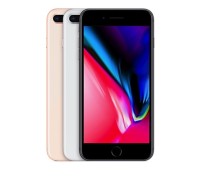 | Apple iPhone 8 Plus | |
 | Apple iPhone 8 | |
 | Apple iPhone 7 Plus | |
 | Apple iPhone 7 | |
 | Apple iPhone 6S Plus | |
 | Apple iPhone 6S | |
 | Apple iPhone 6 Plus | |
 | Apple iPhone 6 | |
 | Apple iPhone 5S | |
 | Apple iPhone 5 | |
 | Apple iPhone 4/4S | |
 | Apple iPhone 17 Pro Max | |
 | Apple iPhone 17 Pro | |
 | Apple iPhone 17 | |
 | Apple iPhone 16e | |
 | Apple iPhone 16 Pro Max | |
 | Apple iPhone 16 Pro | |
 | Apple iPhone 16 Plus | |
 | Apple iPhone 16 | |
 | Apple iPhone 15 Pro Max | |
 | Apple iPhone 15 Pro | |
 | Apple iPhone 15 plus | |
 | Apple iPhone 15 | |
 | Apple iPhone 14 Pro Max | |
 | Apple iPhone 14 Pro | |
 | Apple iPhone 14 Plus | |
 | Apple iPhone 14 | |
 | Apple iPhone 13 Pro Max | |
 | Apple iPhone 13 Pro | |
 | Apple iPhone 13 Mini | |
 | Apple iPhone 13 | |
 | Apple iPhone 12 Pro Max | |
 | Apple iPhone 12 Pro | |
 | Apple iPhone 12 Mini | |
 | Apple iPhone 12 | |
 | Apple iPhone 11 Pro Max | |
 | Apple iPhone 11 Pro | |
 | Apple iPhone 11 | |